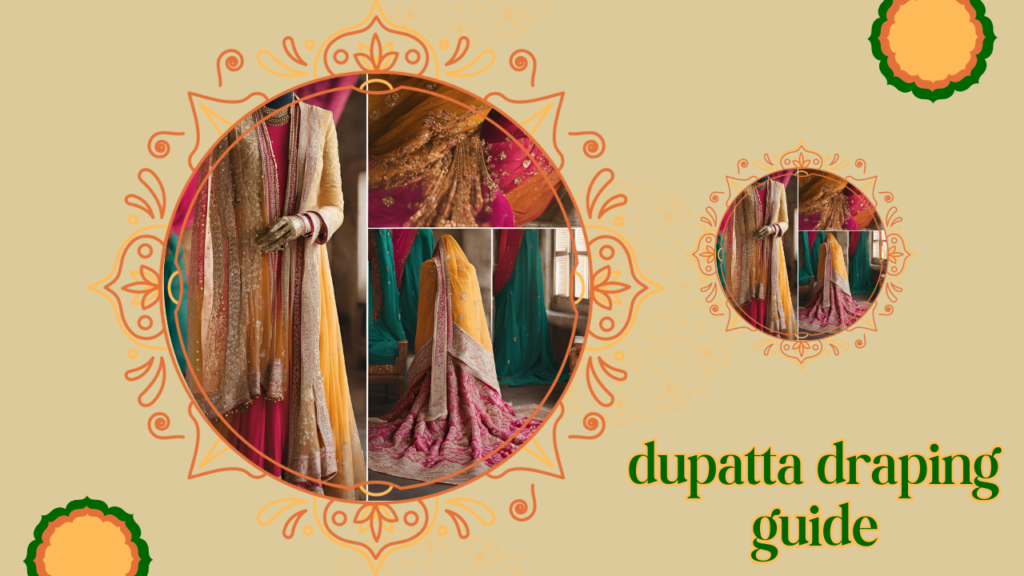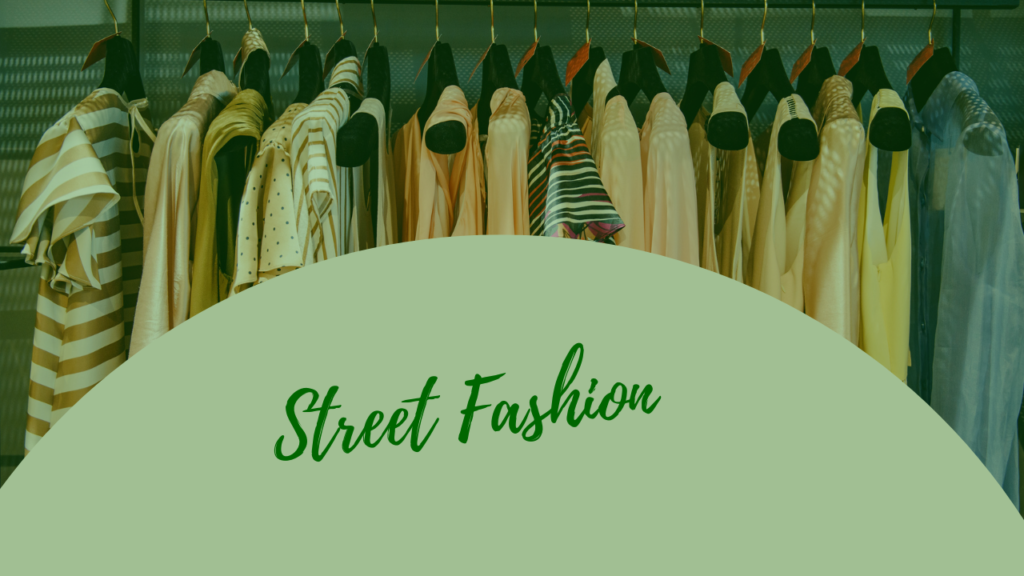Dupatta Draping: Elevating Your Look with Style and Elegance
The dupatta is an iconic piece of traditional South Asian attire that has been part of the fashion scene for centuries. While the way it is worn has evolved over time, its charm and versatility remain timeless. Draping the dupatta can completely transform your look, adding an extra layer of elegance, sophistication, and style to any outfit. Different styles of dupatta draping can make a subtle yet impactful difference to the entire ensemble, especially when paired with fancy suits or lehengas. This article will explore several stylish dupatta draping techniques such as the One Shoulder Draping, Double Draping, Cape Draping, Front Plated Draping, and Lehenga Draping. We will also look at how dupatta draping on fancy suits can elevate your look and make you stand out in any occasion. The Importance of Dupatta Draping The dupatta is one of the most important accessories in traditional Indian wear. It is a symbol of grace, modesty, and elegance, whether worn with a salwar kameez, lehenga choli, or a fancy suit. While the dupatta can be worn in a simple and classic manner, the way it is draped can completely alter the look of an outfit, making it more formal, chic, or festive. By experimenting with different draping techniques, one can elevate their appearance and create an impression of sophistication. Over time, the way dupattas are draped has evolved, with new styles emerging that are both modern and stylish while retaining the traditional essence. Below are some trendy dupatta draping styles to give your attire a fresh and fashionable twist. 1. One Shoulder Draping The One Shoulder Draping is a modern and fashionable way of wearing the dupatta that adds a contemporary touch to traditional wear. This draping style is perfect for those who want to break away from the conventional and add a bit of flair to their outfit. How to Achieve the One Shoulder Draping: Start with a long dupatta. Choose a fabric that drapes well, such as georgette, chiffon, or silk. Drape the dupatta across the back. Start by placing the middle of the dupatta on one shoulder, allowing the ends to fall across the front of the body. Tuck one end at the waist. Take one side of the dupatta and tuck it neatly at the waistband or under the arm, ensuring it is secure. Let the other end fall freely. The other end of the dupatta should flow down from the shoulder, creating a dramatic effect. Adjust the pleats. If needed, you can create soft pleats in the dupatta that fall along the back and shoulder for a more structured look. The One Shoulder Draping creates a bold, modern look that is perfect for cocktail parties, weddings, or evening events. The way the dupatta hangs loosely over the shoulder gives a confident, stylish appearance, making this draping style ideal for fancy suits or lehengas. 2. Double Draping Double Draping is an intricate and elegant style that exudes sophistication. This style is ideal for formal events or weddings, as it adds dimension and structure to the outfit. Double Draping works especially well with lehengas or fancy suits, giving them a regal feel. How to Achieve Double Draping: Start with a long dupatta. Choose a dupatta with a light, flowy fabric. Fold the dupatta in half. Fold the dupatta to create a double layer that makes it appear more substantial. Drape the dupatta over the shoulders. Place one end of the dupatta on one shoulder and let the other end fall down in front. Cross the ends over your chest. Bring the other end of the dupatta across your chest to the opposite shoulder. Tuck the dupatta at the waist. Once you have the dupatta across your chest, tuck both ends of the dupatta at the waistband or under the arm. Let the fabric cascade. Allow the dupatta to cascade down both sides, creating an elegant and voluminous effect. Double Draping gives a sense of grandeur and elegance, especially when paired with intricate embroidery or embellishments on the dupatta. This style is ideal for brides or bridesmaids, giving them a royal look without being overly complicated. 3. Cape Draping The Cape Draping style is a recent trend that has become increasingly popular for its modern, chic appeal. This style is perfect for those who want to create a statement without the need for heavy accessories. Cape draping brings a fashionable, edgy twist to traditional attire and is especially great for fancy suits or lehengas. How to Achieve Cape Draping: Choose a dupatta with a border or embellishments. A dupatta with a heavy border or embroidery works best for this style. Start by draping the dupatta over your shoulders. Place the dupatta on your shoulders like you would with a classic draping style. Pin the edges of the dupatta at the back. Instead of letting the dupatta fall freely, bring both ends to the back and pin them together at the nape of the neck, creating a cape-like effect. Adjust the flow of the dupatta. The dupatta should now hang down the back, creating a flowing cape that frames your shoulders and arms. Add embellishments or styling touches. To give the cape a more dramatic look, add tassels, beads, or brooches at the edges of the dupatta. Cape Draping is a striking style that combines tradition and modernity. It’s ideal for those who want to make a fashionable statement and turn heads. Pair this draping style with a fancy suit or lehenga, and you’ll have a contemporary yet regal look that’s perfect for festive occasions. 4. Front Plated Draping Front Plated Draping is a traditional and elegant style that is often seen in Indian weddings and festive occasions. This style involves creating pleats at the front of the body, which makes the dupatta appear structured and refined. How to Achieve Front Plated Draping: Begin with a long dupatta. Choose a dupatta that complements your outfit, preferably with fine detailing or embroidery. Tuck the dupatta at the waist. Start by tucking one









